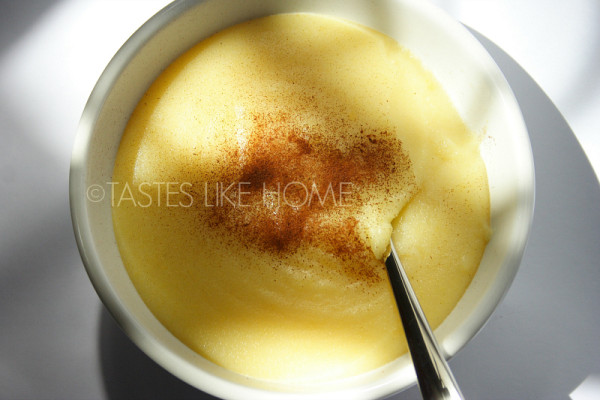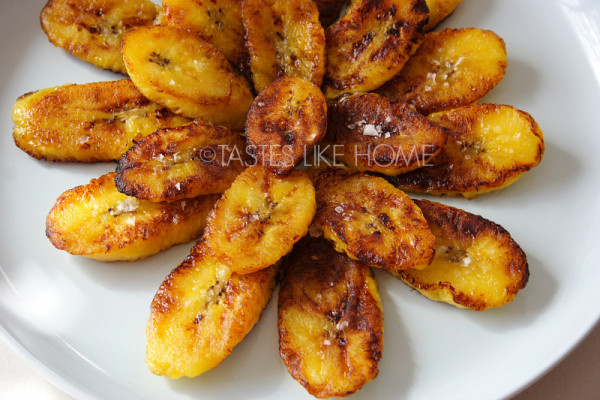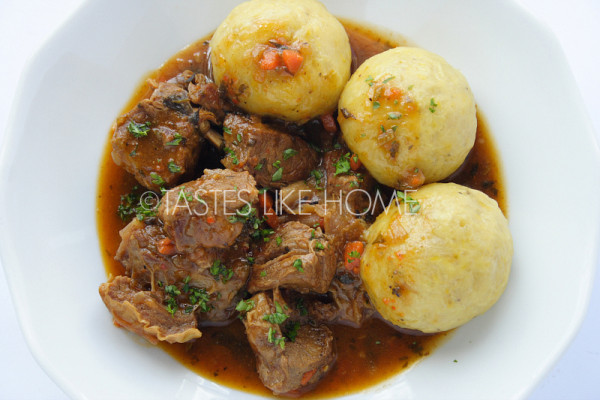By Cynthia Nelson
Caribbean food is a creative combination of cuisines from all over the world. However, as we get ready to celebrate Emancipation Day this is an ideal time to think about how our food is linked to the cuisines of the African continent.

I emphasize the African continent, because there are still many people who seem to talk and write as if Africa is one country. Africa is a vast continent of 47 countries (53 if the island nations of Madagascar, Comoros, Seychelles, Cape Verde Islands, São Tomé & Principe, and Mauritius are included). And within each of these countries there are many different peoples. This means we might usefully get into the habit of thinking about African influences rather than a singular, unified, African influence.
It is often assumed that African influences in the Caribbean are only West African in origin. We trace our heritage to the enslaved Africans who were forced to travel the horrendous Middle Passage from the West Coast of Africa to the Caribbean. However, many scholars suggest that Africans from different parts of the continent were brought to the slave ports on the West Coast before being sold into slavery. Thus it seems likely that, although the West African influence is very strong, we can, in fact, trace our food and cultural heritage to various locations in Africa.
So what are some of the ingredients and dishes that we use and make today that we can point to as being African in origin or influence?
Tamarind, watermelon, sorrel (roselle), tomatoes, hot peppers, and pigeon peas are among the ingredients used widely in African cuisine that we have incorporated in many ways in our fused cuisine. In Ghana, they too make plantain chips and in Nigeria, they make fried ripe plantains just like us; they call it dodo ikrie. In Kenya, the type of pumpkin they use is the same that we do in the Caribbean; in Kenya and in North America is it known as calabaza. The Kenyans also make a similar dish of fried pumpkin just like us but their cooking technique is a little different. They first par-cook the cut chunks of pumpkin and then add it to sautéed onions. The pumpkin is then cooked until it caramelizes and changes colour, becoming brown-rust in colour. I smiled when I read that sometimes they add a pinch of sugar to their fried pumpkin because that is exactly what I grew up seeing my mother do whenever she cooked pumpkin.
In Sudan, they too make a similar version of stewed liver. They eat theirs over a bed of fungee/fungi a cornmeal mash similar to Bajan cou-cou or Antigua and Barbuda’s fungee/fungi. In Niger, the make a dish called tuo (turned cornmeal, aka cornmeal cou-cou).
While we make foo-foo, with various ground provisions, the original foo-foo was made exclusively with yams. This is another case of our improvising and innovating as we use plantains, eddoes, cassava and tania to make foo-foo.
In some ways, the Nigerian fish cake is similar to the Guyanese fishcake − they too use fresh fish in their fish cakes, however, instead of adding mashed potatoes, they use mashed yams (which I know we sometimes use). We shape ours like the Portuguese do and in the case of the Portuguese, salted fish is used to make their fish cakes.
I was excited to learn that in Côte D’Ivoire and Ghana, they too make lemongrass tea! And they use it similarly to French tisane (herbal tea). Years ago when I first made lemongrass tea and posted it on my blog several friends from China and Indonesia were intrigued by the use of the lemongrass to make a tea; their experience had only been in using lemongrass as a culinary herb.
I’ve written in the past about black-eye peas and their influence on our food; the use of these peas/beans in the cook-up rice that we make not only on weekends, but especially on the last night of each year. In cooking this dish, we invoke the practices of the Africans who came before us and passed on a tradition of cooking a particular dish and ushering in a New Year hopeful of luck and good fortune.
Emancipation Day is a wonderful opportunity for us to celebrate our African heritage. There will be events going on up and down Guyana that remind us of our rich African culture. Go out and enjoy them, no matter where your own forebears came from. Yet, let us also take note, that every day, the dishes on our stoves are testimony to our ancestors, to their spirit of survival, to their creativity, and to their commitment to survive and flourish – no matter how hard the circumstances. Let’s live up to their example.












